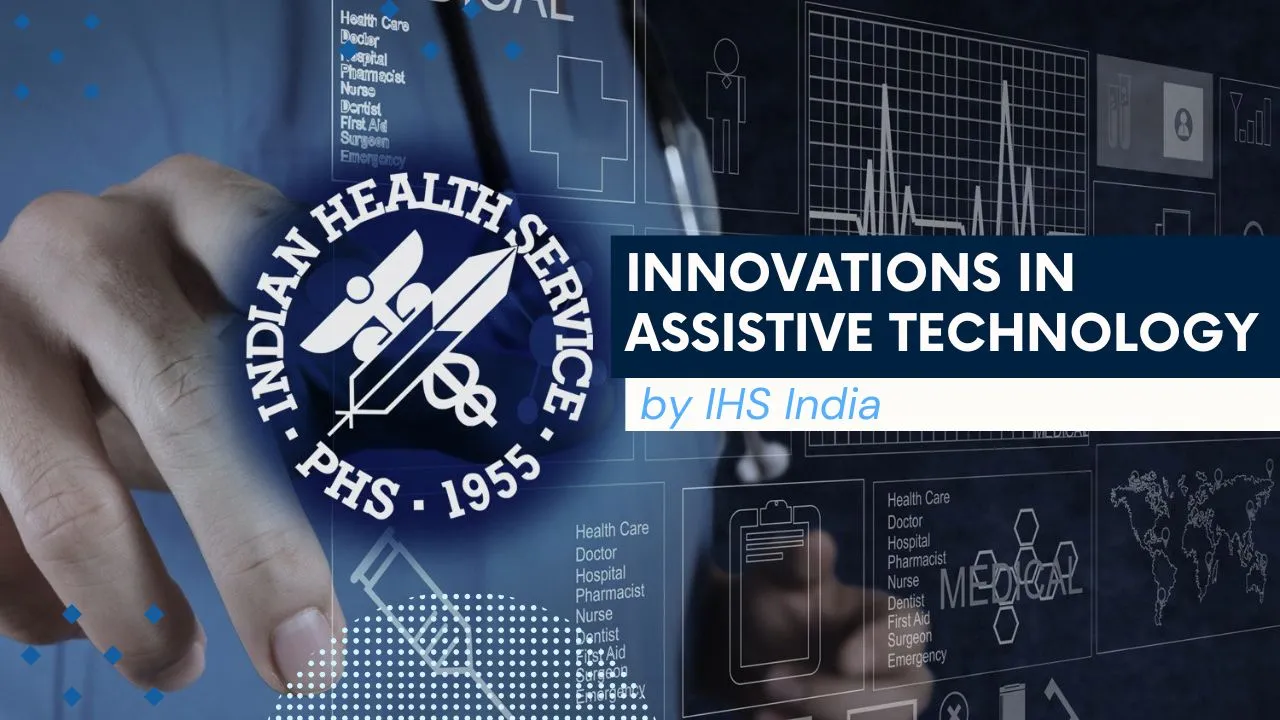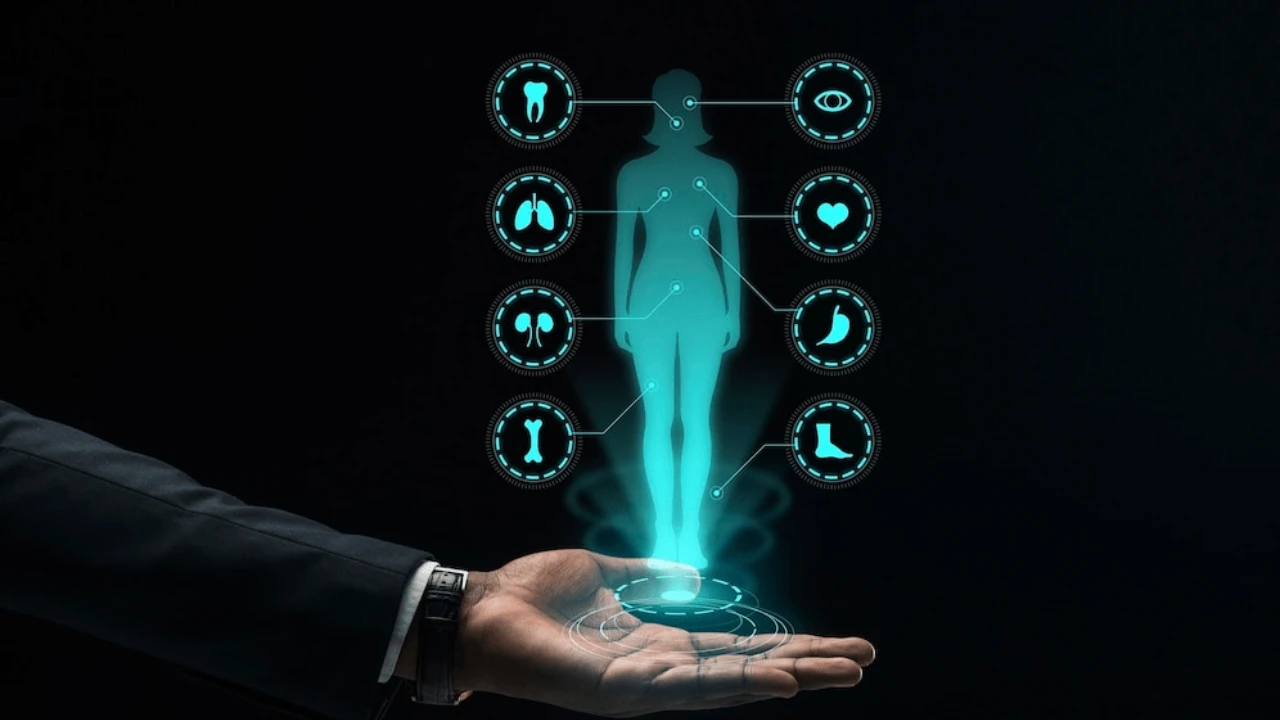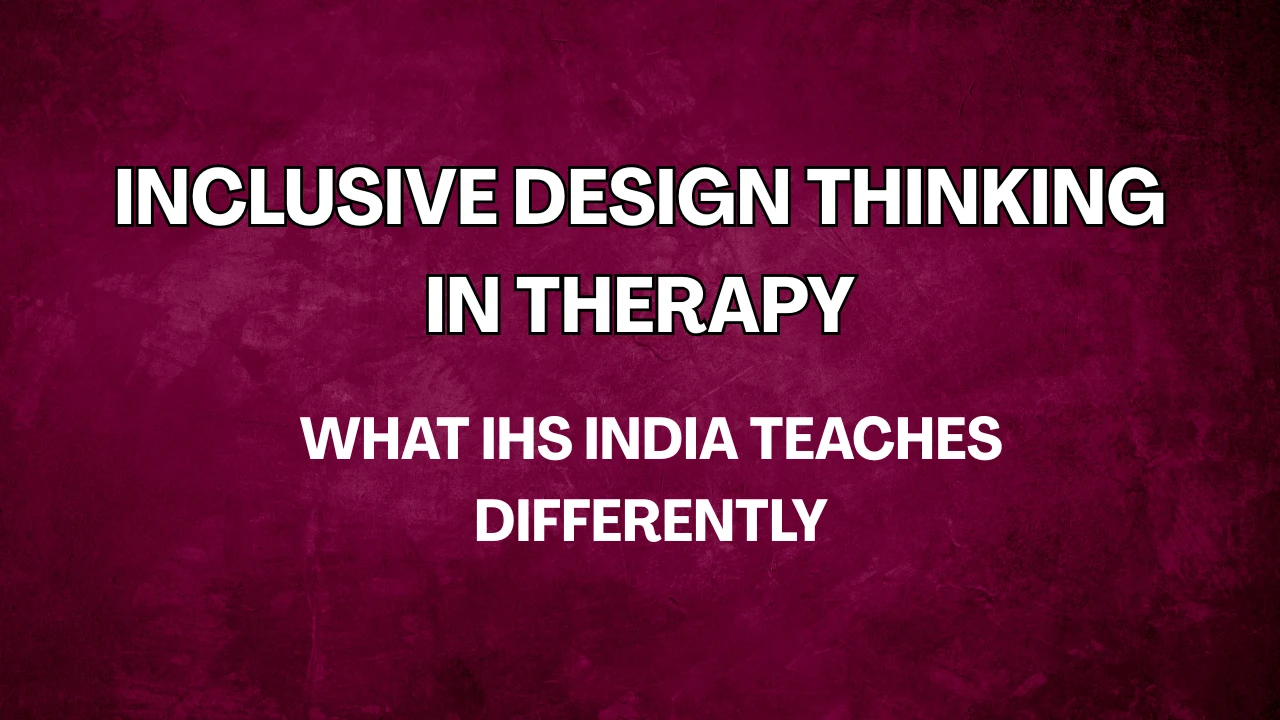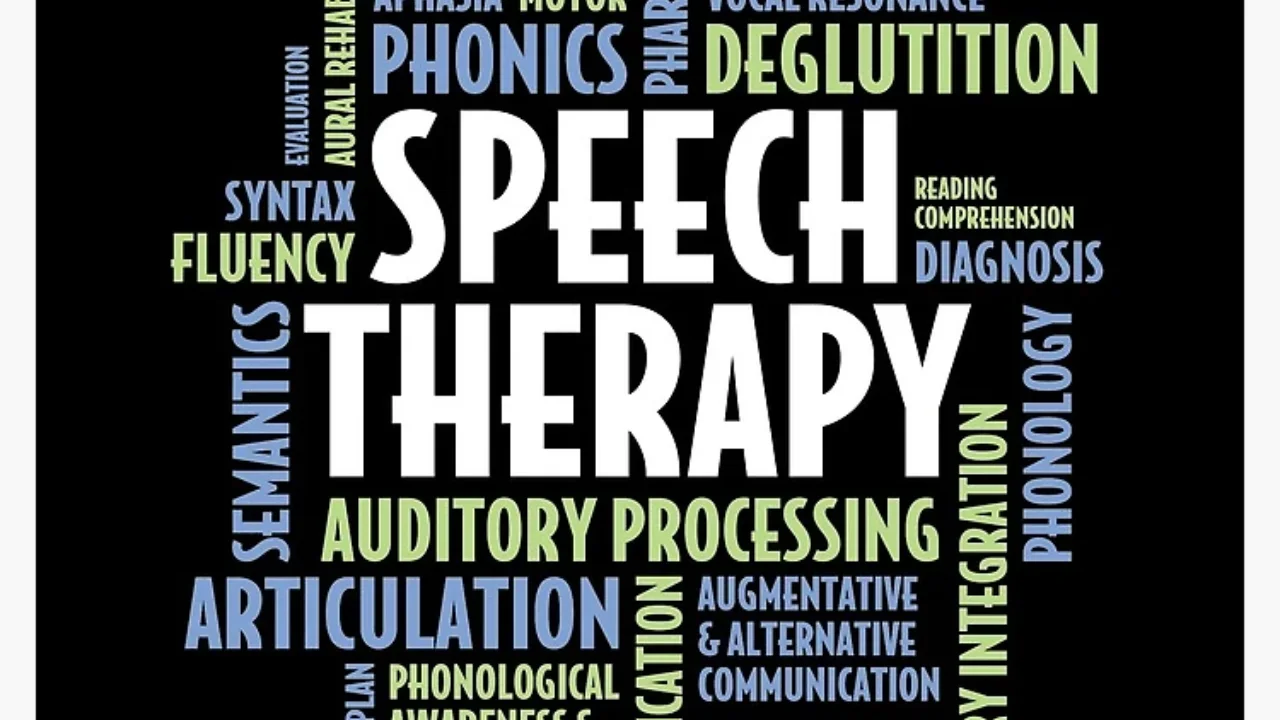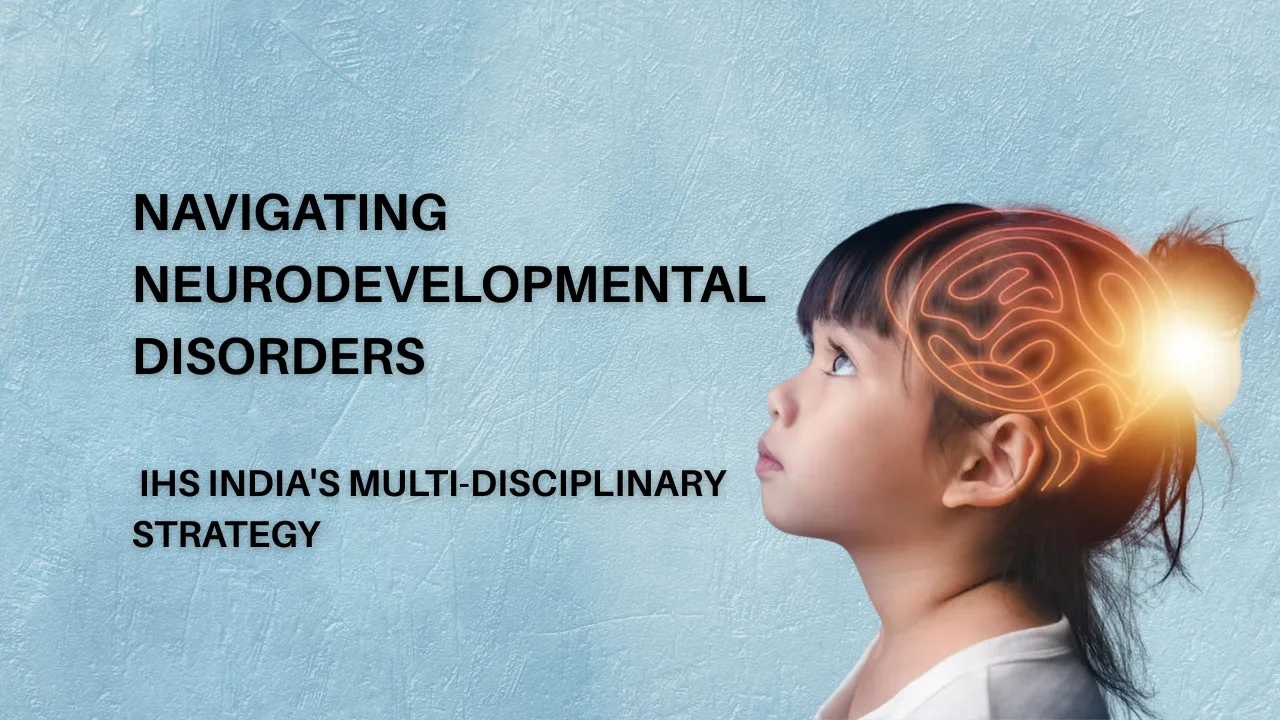Assistive Technology by IHS India: Assistive Technology by IHS India is creating real, measurable change for people with disabilities, particularly in underserved communities. In a country where access to quality assistive devices can be limited by cost, geography, and awareness, IHS India is stepping up with innovative, inclusive, and affordable solutions. Their work is redefining how people with physical, hearing, and communication disabilities live, learn, and engage with the world.
This article takes a deep look at the breakthrough innovations being delivered by IHS India in partnership with healthcare professionals, tech creators, and grassroots organizations. From cost-effective hearing aids to custom-built mobility solutions and smart communication tools, these devices are designed for everyday use, keeping affordability, usability, and scalability at their core.
Assistive Technology by IHS India
Assistive Technology by IHS India refers to a range of affordable and inclusive innovations designed to improve the lives of people with disabilities across India. These technologies include low-cost hearing aids, custom mobility aids, and digital communication tools, all tailored to local needs. IHS India prioritizes practical functionality, inclusive design, and community collaboration to ensure their tools reach the people who need them most, especially in rural and low-resource areas. Their mission isn’t just innovation—it’s accessibility, impact, and transformation through user-centered design.
| Overview of IHS India’s Key Innovations | Impact Focus |
| Low-cost hearing aids | Hearing-impaired individuals in rural areas |
| Custom-designed mobility aids | Physically disabled individuals in urban and remote areas |
| Digital communication tools | People with speech or hearing impairments |
| Community partnerships for distribution | Last-mile delivery and awareness building |
| Inclusive product design | Comfort, usability, and cultural adaptability |
Affordable Hearing Aids Transforming Lives
One of the standout developments in assistive technology by IHS India is their range of low-cost hearing aids. Hearing loss is widespread across India, especially in underserved populations that lack access to regular medical services. Traditional hearing aids often remain out of reach due to high pricing, maintenance issues, and limited distribution. IHS India is changing that by introducing digital hearing devices that are simple to operate, robust, and tailored to different types of hearing impairment.
These hearing aids are equipped with smart sound-filtering features, long-lasting batteries, and easy volume control—all packed into a discreet design. Some models even come with rechargeable options to reduce long-term costs. More importantly, the design and delivery model ensure these aids are available at community health centers and local NGOs, making hearing support more accessible than ever.
Smart Mobility Aids for Independence
Mobility is freedom, and for people with physical disabilities, the ability to move independently can drastically improve their quality of life. Assistive technology by IHS India includes the design and manufacturing of mobility aids such as custom wheelchairs, foldable walking aids, and rugged tricycles. These devices are built with Indian road conditions in mind—resilient against rough terrain and tailored for local use.
Many of these mobility devices are constructed using locally sourced materials, reducing both cost and repair complexity. They are not only durable but also designed with ergonomic comfort in mind, including adjustable seating, hand grips, and compact folding features for easy transport. Whether it’s navigating through village paths or urban sidewalks, these aids restore movement and confidence to users across India.
Communication Tools for the Hearing and Speech Impaired
Effective communication is critical for inclusion in education, employment, and daily life. That’s why assistive technology by IHS India places a strong focus on communication tools for individuals with hearing and speech challenges. The development of digital applications, speech-to-text converters, and sign-language compatible interfaces is empowering users to connect with the world around them.
These tools are especially impactful in inclusive classrooms, where children with disabilities can learn alongside their peers using custom tablets and input devices. IHS India has also rolled out multilingual interfaces to support the wide variety of regional languages in India, ensuring that users aren’t left behind due to language barriers. These tools are built for both offline and online use, making them practical in regions with inconsistent internet connectivity.
Key Developments by IHS India
Low-Cost Digital Hearing Aids
- Behind-the-ear design with simple controls
- Rechargeable with long battery life
- Noise reduction and sound amplification for better clarity
- Distributed via rural clinics and community partners
Custom Mobility Solutions
- Tricycles built for uneven terrains
- Wheelchairs with ergonomic seating and portability
- Foldable walking aids for easy use and storage
- Locally manufactured for affordability and maintenance
Community Outreach and Partner Projects
An essential part of IHS India’s approach lies beyond just product innovation—it extends to building networks that can distribute, train, and support users. Through strong partnerships with hospitals, schools, community health workers, and local NGOs, assistive technology by IHS India reaches deep into villages and towns that are often off the map for most services.
These outreach efforts include awareness programs, demonstration camps, and follow-up care. They also involve collecting user feedback to improve future product versions. Through these collaborations, IHS India is building an ecosystem of support around every tool they release, ensuring that users aren’t just given a device—they’re given a chance to thrive.
Inclusive Design for Every User
Design is not truly inclusive unless it considers comfort, usability, affordability, and cultural context. Assistive technology by IHS India is built on the belief that users should not have to adjust their lives to fit a device—the device should fit into their lives. That’s why all products are co-designed with input from real users, caregivers, therapists, and field workers.
From lightweight materials that reduce fatigue to intuitive interfaces that require minimal training, these tools are made for real-world use. IHS India is also mindful of gender and age-specific needs, designing solutions that are appropriate for children, elderly users, and women with specific mobility requirements. This thoughtful approach sets IHS India apart from generic mass-produced disability aids.
FAQs
What types of disabilities does IHS India’s assistive technology support?
IHS India’s devices are designed for individuals with hearing loss, mobility challenges, and communication impairments, focusing on practical daily support.
Where can these devices be found or purchased?
Most products are distributed through partner NGOs, hospitals, and local health centers, especially in rural or underserved communities.
Are these assistive tools suitable for children?
Yes, many tools, especially communication apps and mobility aids, are tailored to suit children with specific developmental and physical needs.
How does IHS India keep the costs low?
They use locally available materials, scale manufacturing through community partnerships, and design tools that are easy to maintain and repair.
Can users receive training or support after receiving the devices?
Yes, training is often part of IHS India’s community outreach, including product usage workshops and ongoing support via local partners.
Final Thought
The work being done through assistive technology by IHS India is not just technical—it’s transformational. By combining affordability with smart design and community outreach, they’re not only building devices but restoring dignity, confidence, and independence to thousands of individuals. These innovations reflect a deep understanding of India’s unique challenges and a strong commitment to inclusive progress.
If you’re inspired by these stories and solutions, don’t keep it to yourself. Share this with others, explore more innovations, and support initiatives that make accessibility a right, not a privilege.
